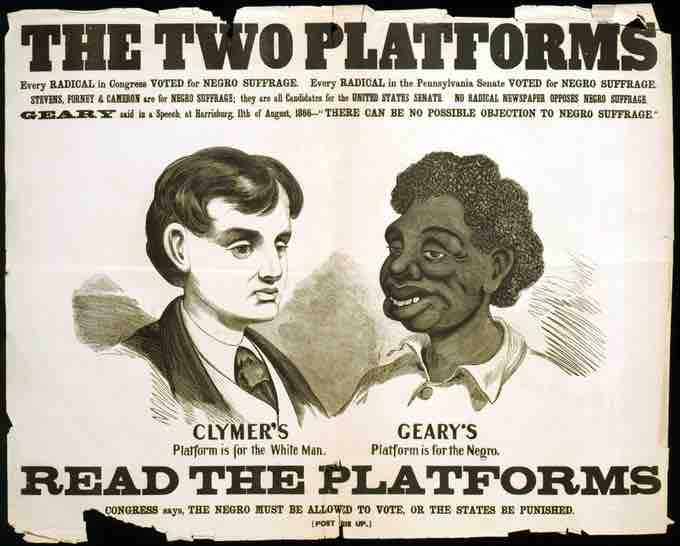One of the most important social psychological findings concerning race relations is that members of stereotyped groups internalize those stereotypes and thus suffer a wide range of harmful consequences.
Stereotype Threat is the experience of anxiety or concern in a situation where a person has the potential to confirm a negative stereotype about their social group. Since its introduction into the academic literature in 1995, Stereotype Threat has become one of the most widely studied topics in the field of social psychology. First described by social psychologist, Claude Steele and his colleagues, Stereotype Threat has been shown to reduce the performance of individuals who belong to negatively stereotyped groups. If negative stereotypes are present regarding a specific group, they are likely to become anxious about their performance, which in turn may hinder their ability to perform at their maximum level.
Stereotype Threat is a potential contributing factor to long-standing racial and gender gaps in academic performance. However, it may occur whenever an individual's performance might confirm a negative stereotype. This is because Stereotype Threat is thought to arise from the particular situation rather than from an individual's personality traits or characteristics. Since most people have at least one social identity which is negatively stereotyped, most people are vulnerable to Stereotype Threat if they encounter a situation in which the stereotype is relevant.
Situational factors that increase Stereotype Threat can include the difficulty of the task, the belief that the task measures their abilities, and the relevance of the negative stereotype to the task. Individuals show higher degrees of Stereotype Threat on tasks they wish to perform well on and when they identify strongly with the stereotyped group. These effects are also increased when they expect discrimination due to their identification with negatively stereotyped group. Repeated experiences of Stereotype Threat can lead to a vicious circle of diminished confidence, poor performance, and loss of interest in the relevant area of achievement.
The opposite of Stereotype Threat is known as Stereotype Enhancement, which entails an individual's potential to confirm a positive stereotype about their social group, and a subsequent increase in performance ability in the related task as compared to their ability prior to their exposure to the stereotype.
Advocates of Stereotype Threat explanation have been criticized for exaggerating it and for misrepresenting evidence as more conclusive than it is.

A Racist Campaign Poster
A racist political campaign poster from the 1866 Pennsylvania gubernatorial election. Psychological perspectives examine the effects of these kinds of propagated stereotypes.